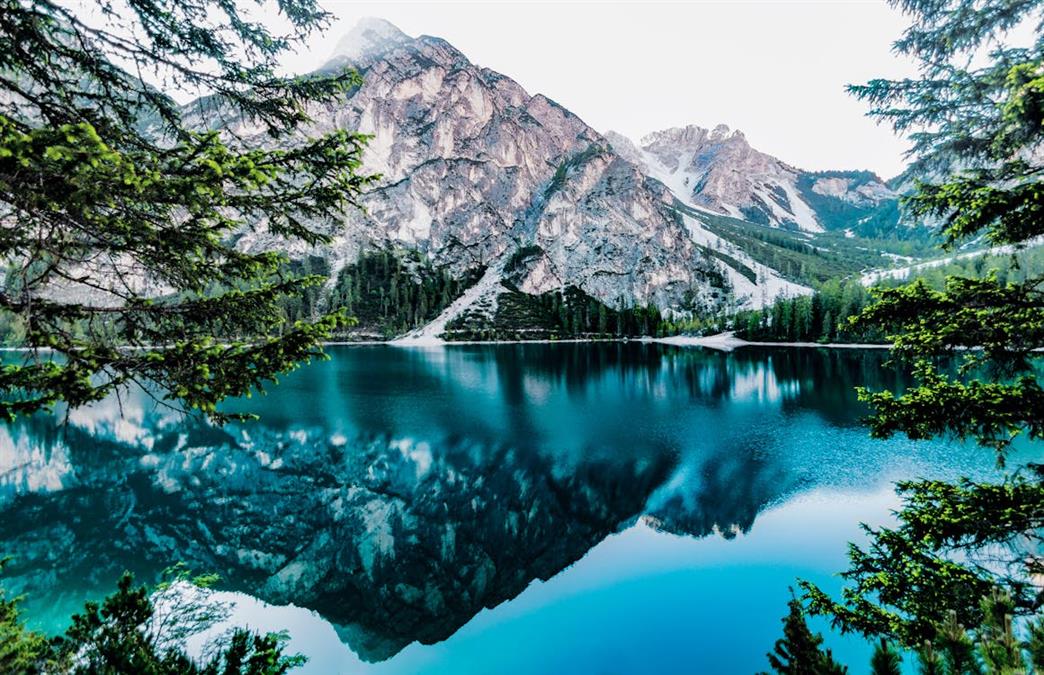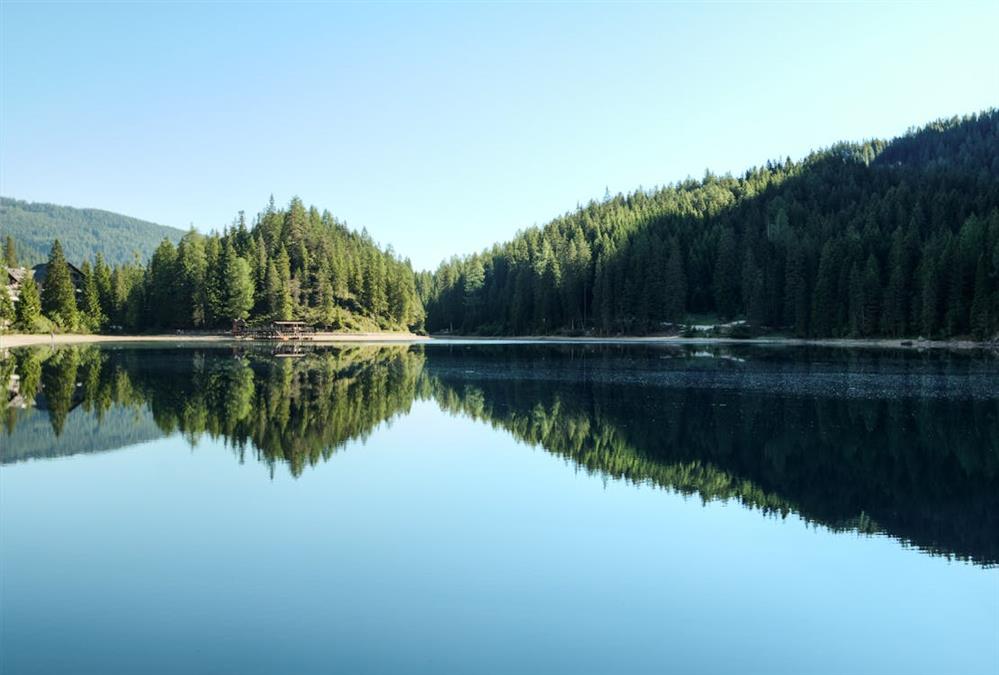Geography and Climate of Kashmir
Kashmir is located in the northwestern part of the Indian subcontinent, bordered by Pakistan to the west, China to the northeast, and the Indian states of Himachal Pradesh and Punjab to the south. The region is primarily known for the Kashmir Valley, which is surrounded by the majestic Himalayan and Pir Panjal mountain ranges.
The climate in Kashmir is diverse, with a mix of temperate, alpine, and subarctic zones. The summers are cool and pleasant, making it an ideal escape from the scorching heat of the plains. Winters, on the other hand, are cold and snowy, transforming Kashmir into a winter wonderland, with snow-covered valleys and skiing opportunities. The best time to visit depends on the kind of experience you seek – the summer months (May to September) offer lush green landscapes, while the winter months (November to February) bring a snowy allure perfect for snow sports and a cozy retreat.
Tourist Attractions in Kashmir
Kashmir is known for its scenic beauty, cultural landmarks, and historical sites. Some of the key attractions include:
Srinagar:
The capital of Jammu and Kashmir, Srinagar is famous for its Dal Lake, Nishat Bagh, and Shalimar Bagh gardens. The iconic houseboats on Dal Lake offer a unique and tranquil experience, with visitors staying on floating hotels surrounded by stunning views. Shankaracharya Temple and the Jama Masjid are also noteworthy landmarks in Srinagar, representing the religious diversity of the region.
Gulmarg:
Known as the "Meadow of Flowers," Gulmarg is a popular hill station and skiing destination. It is especially famous for its Gulmarg Gondola, one of the highest cable cars in the world, offering panoramic views of the surrounding mountains. In winter, it becomes a haven for skiers and snow enthusiasts.
Pahalgam:
Located at the confluence of the Lidder and Aru rivers, Pahalgam is known for its pristine natural beauty. It is the starting point for the famous Amarnath Yatra, an annual Hindu pilgrimage to the Amarnath Cave. Pahalgam is also popular for activities such as trekking, fishing, and golfing.
Sonamarg:
"The Meadow of Gold" is known for its picturesque meadows, glaciers, and the Thajiwas Glacier. It is a starting point for many trekking expeditions and is famous for its serene beauty, making it a favorite for nature lovers and photographers.
Leh and Ladakh:
While not technically a part of Kashmir, Leh-Ladakh is often included in travel itineraries for those exploring the region. The surreal landscapes, monasteries, and high-altitude trekking routes make it an essential destination for adventure travelers.
Hemis Monastery:
The Hemis Monastery near Leh, Ladakh, is one of the largest and wealthiest Buddhist monasteries in India. It is known for its annual Hemis Festival, a vibrant celebration of Tibetan culture with masked dances, music, and rituals.
Kashmir Valley Trekking:
The region offers various trekking routes, including Tarsar-Marsar Trek, Great Lakes Trek, and Kashmir Valley Trek. These treks are renowned for their stunning landscapes, alpine lakes, and the opportunity to explore the untouched beauty of the region's valleys.






